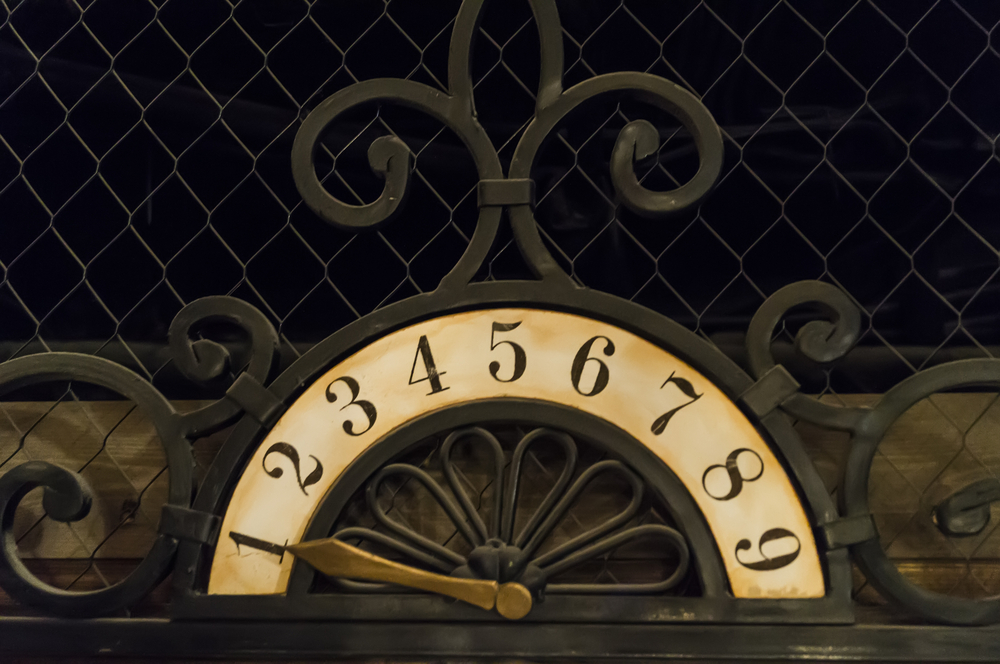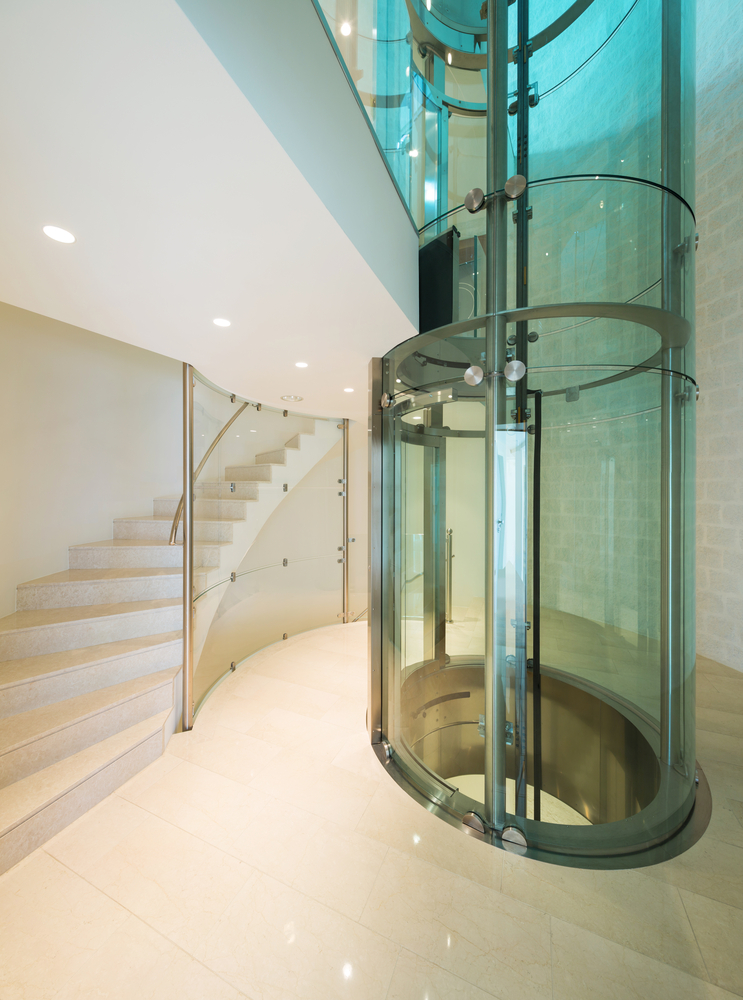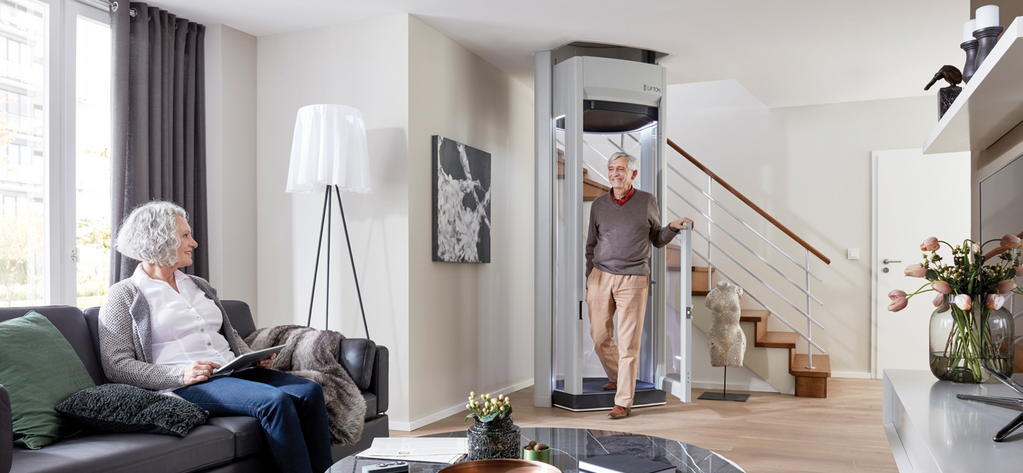More and more buyers are looking at homes that now feature a home lift to provide better access to upper levels, something we may not be used to seeing in the past due to historically, home lifts were a feature reserved for the rich of society. First introduced in the 1850s, these elevators quickly became a must when vaulted ceilings were in vogue. The popularity of home lifts and three-story homes declined in 1929 after the market crash. But a recent resurgence in the aging in place movement has made stylish home lifts an in-vogue home improvement option.

There are three main types of home lifts:
- Traction: This type of home lift does not need a separate machine room to house its lifting equipment. Instead, the elevator cab slides up and down on a track with a counterweight. A traction elevator requires more space at the top of the shaft for machinery.
- Hydraulic: A hydraulic home lift requires a machine room to hold the mechanics of the lift. It is easier to install in a new home, rather than a retrofit job on an old home. However, hydraulic home lifts are popular because of their silent operation.
- Pneumatic: These home lifts operate the same way bank deposit tubes operate. A polycarbonate tube creates air pressure to move the internal car up and down. These tubes can range in diameter to suit different needs. They can be installed without a shaft or machinery room, making them ideal for retrofit jobs.
Hydraulic and traction lifts are more expensive than the pneumatic lift, simply because it requires more equipment to install. The cost of installing a home lift will depend on the type of lift you choose. The price for retrofitting an elevator in an existing space can sometimes be more than simply adding one outside the home.

How Much Does A Home Lift Cost?
Not counting labor costs, you can expect to pay at least $17,500 to $35,000 or more for your home elevator. Expenses for installation may cover moving electrical wires, outlets, HVAC, plumbing, and portions of the building’s framework for retrofitted jobs. A home lift in your home could be an asset when it comes time to sell, too. Realtors can market a home with an elevator as a convenient option for accessing upstairs or for anyone looking to age in place. The option is increasingly popular among seniors who prefer to live at home, rather than moving to a senior care facility.

If you’re considering stylish home lifts as a potential upgrade for your home, speak with a professional to discuss your options. They can help you decide which type of elevator is right for your home and use case. They can also answer any questions you may have about the installation process and the details required to get started. Remember, each home lift is custom built to your home for the best fit possible. Maintenance costs to add to the cost of owning the house, but inspections are typically between $100 and $500 a year.


Trackbacks/Pingbacks